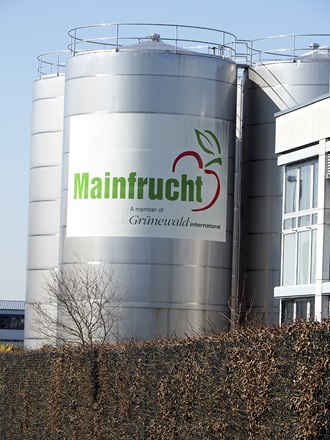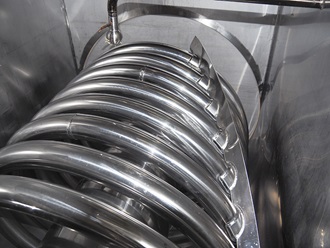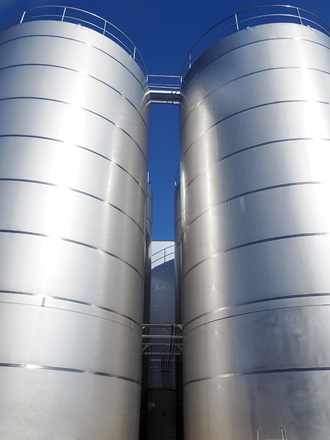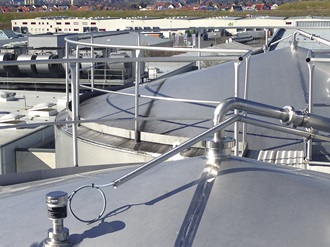VEGAPULS 64 measures levels reliably in fruit and vegetable processing
A dependable vitamin supply thanks to optimized production
The company Mainfrucht in the Franconia region of Germany produces high-quality fruit and vegetable products.
To meet the high quality requirements of customers, Mr. Thielmann makes it a habit to double-check all the raw materials and their subsequent processing. The company works closely with farmers in the region, who represent the first link in their supply chain. The varieties of fruit and vegetables delivered are carefully examined and analysed, because only fresh, uncontaminated produce can become an end product of the highest quality. A refrigerated warehouse with more than 12,000 pallet spaces ensures that the production facilities are fully utilized, even during low-harvest months.
The production methods must be continuously adapted to the different fruit and vegetable varieties, as well as brought up to date with new technologies. For example, carrots require a completely different type of processing than blueberries. They use state-of-the-art technologies and computer-controlled production processes to ensure the gentle handling of the valuable fruit and vegetable products, of whatever kind.
The vegetables are heated in a trough cooker with a rotating heating coil. VEGAPULS 64 monitors the level here continuously.
Products
Related industries
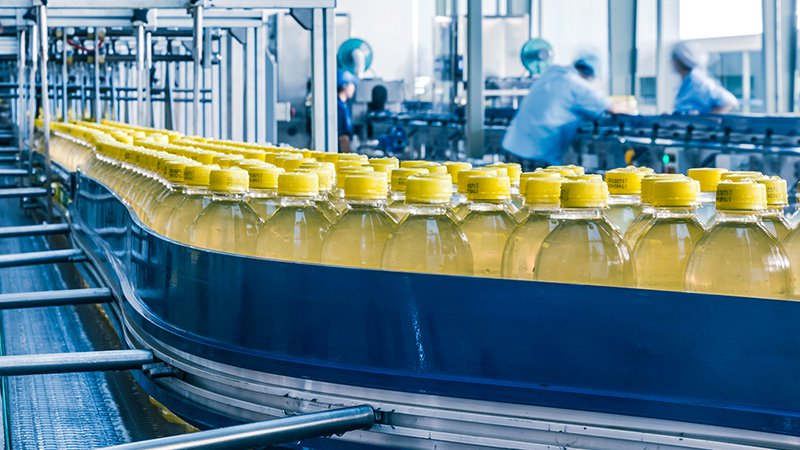
Food industry
Export this article
Download as PDFShare this article
Comments ({{comments.length}})
{{getCommentAuthor(comment, "Anonymous")}} {{comment.timestamp | date : "dd.MM.yyyy HH:mm" }}
{{comment.comment}}

